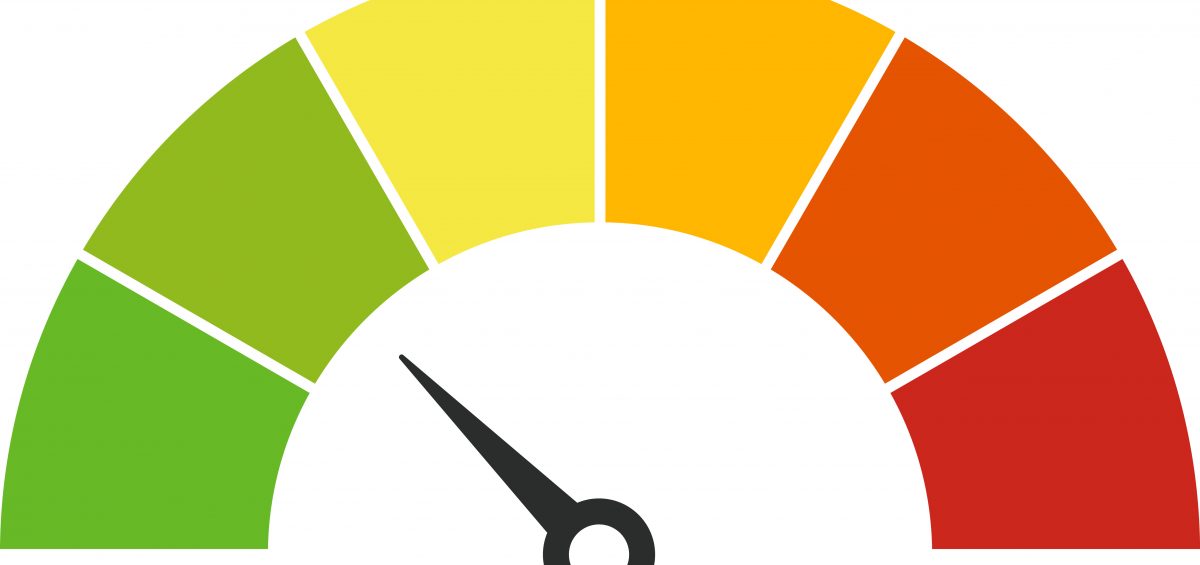Monetary and banking crises are a recurring event. Sometimes their impact is contained, like occurred when three California banks collapsed in early 2023. Other times – like the Great Depression – the fallout can be calamitous.
Large or small, these crises are inevitable and unavoidable. This observation is not only undeniable from even a cursory reading of monetary history, but also from common sense and basic bank accounting. Although modern technology enables alternative currencies, as bitcoin is proving, almost all currency today everywhere in the world is being provided by banks. They are the source of the system’s fragility and consequent risk.
The dollars, pounds, euros, or other national currency you have in your bank account are its liability to you. Your bank owes you the purchasing power conveyed in the deposit you placed with it. This liability to you has value – thereby enabling the currency to be accepted in commerce when you are ready to spend it – because the bank’s assets presumably have value.
When bank assets were gold in its vault, as was the case under the Gold Standard, the value of the asset was known. But today bank assets – various loans and other debts owed to the bank – are opaque and therefore impossible to accurately value. We assume their assets are valuable, and consequently, the bank’s liabilities circulate as currency – until they don’t, which is the moment the bank has failed.
The crisis arises when confidence in the bank – or indeed the whole banking system – is called into question, causing fear for the safety of one’s bank deposit. My Fear Index captures these flights of purchasing power out of the bank into the safety of gold.
In my books and other writings, I pioneered the concept of a Monetary Balance Sheet (MBS) to view the aggregate position of any currency. For example, M2 is the total quantity of dollars in circulation. These bank liabilities are backed by the aggregate assets of the entire banking system, which include the US Gold Reserves and intangible debts owed to the banks.
The formula to compute the Fear Index is:

As of June 30, 2024, the Fear Index is 2.89%, calculated as follows:

The Fear Index measures the value of the weight of gold backing the US dollar. As of June 30th, there is $2.89 of gold for every $100 of M2. The other $97.11 is backed by various debts owed to the banks. If these debts become doubted and questioned as to whether they will be repaid in full, the Fear Index and the price of gold will rise to offset the decline in other assets so that the MBS remains in balance. The Fear Index soared to 30% during the Great Depression.
Conversely, if confidence in the money and banking system rises, the value of debts tends to rise, and the gold price will decline. The Fear Index captures these changes in the MBS, but it also does something else important. It assesses gold’s value.
There are a lot of opinions about gold, but little objective analysis. I’ve been using my Fear Index for 40 years to cut through the clutter to obtain an objective view on gold’s value.
At times, assets can be undervalued, fairly valued or overvalued. The key of course is to recognize when assets are undervalued and to accumulate them. They should then be held until they are overvalued, at which time they should be sold. Valuations are regularly applied to shares and other assets, but gold’s valuation can also be measured. To do this, the Fear Index is essential.
One cannot use the dollar price of gold to determine whether gold is good value. First, the purchasing power of the dollar is ever-changing. So, it is not a good measuring stick. Second, sentiment needs to be considered. In fact, gold may be undervalued or the dollar overvalued for long periods of time because of sentiment. In other words, for emotional reasons like the force of habit or people’s unwillingness to consider alternative moneys, confidence in the dollar may remain unreasonably strong.
Gold presently is undervalued, which is indispensable information given gold’s exceptional appreciation. It might seem expensive at recent record highs above $2400 per ounce but appearances are deceiving. When viewed in terms of US dollars, gold remains relatively cheap. This conclusion is illustrated in the following chart.

With my Fear Index at only 2.89%, gold is being valued in dollar terms by the market near historic lows, just like it was before other major economic, banking, and financial crises over the past hundred years. Given the fragility of today’s monetary system, I anticipate that rising fear will once again send gold and the Fear Index soaring, as it has done many times throughout monetary history.
We are constantly being deceived by the dollar. It fails in the basic criteria required of all money. Its purchasing power shrinks over time making it an unreliable measuring stick for use in economic calculation. Therefore, ignore the dollar price of gold and focus instead on its relative value. Gold is a safe-haven that protects your purchasing power, and is presently an undervalued one, which makes it even more attractive.
Gold remains relatively cheap. We should therefore continue to accumulate it.








 My objective is to share with you my views on gold, which in recent decades has become one of the world’s most misunderstood asset classes. This low level of knowledge about gold creates a wonderful opportunity and competitive edge to everyone who truly understands gold and money.
My objective is to share with you my views on gold, which in recent decades has become one of the world’s most misunderstood asset classes. This low level of knowledge about gold creates a wonderful opportunity and competitive edge to everyone who truly understands gold and money.
